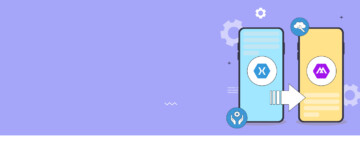Blog
What is Data Anonymization? A Comprehensive Guide and Tips
Learn the importance of data anonymization. Protect sensitive information, comply with privacy laws, and prevent data leaks with techniques such as masking, pseudonymization, and fake data substitution.
May 29th 2025 Read ->AllArtificial IntelligenceBusinessDesignFinTechLogisticsMobile AppProduct ManagementProject ManagementSoft SkillsSoftware DevelopmentTech StuffWeb Development
Let's chat!
 Hi, I’m Marcin, COO of Applandeo
Hi, I’m Marcin, COO of Applandeo
Are you looking for a tech partner? Searching for a new job? Or do you simply have any feedback that you'd like to share with our team? Whatever brings you to us, we'll do our best to help you. Don't hesitate and drop us a message!
Drop a message











